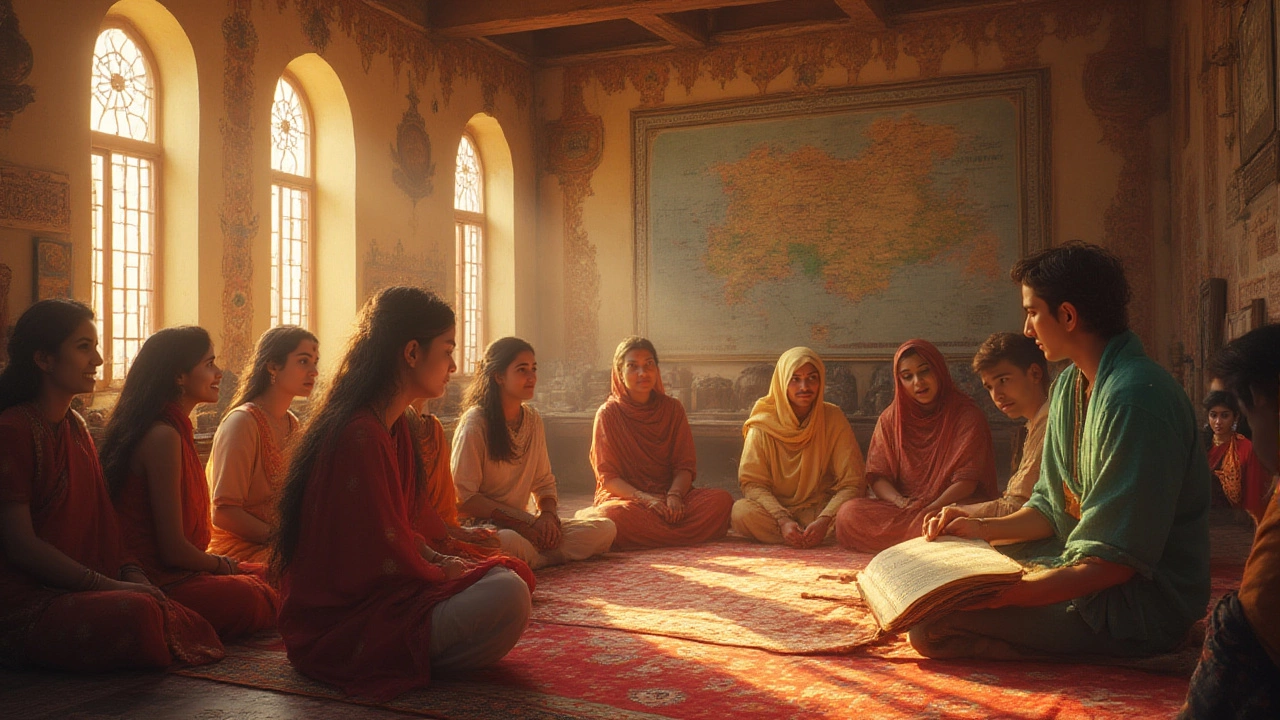
Indian Heritage and Culture: Exploring Its Subjects, Origins, and Modern Influence
Crack open the true subjects of Indian heritage and culture, discover their real-life applications, and see how they're taught and lived today.
India’s culture is massive, but you don’t need a textbook to get the basics. This page gathers the most useful tidbits on Indian greetings, food, festivals, clothing, and heritage sites. Think of it as a cheat‑sheet you can skim while sipping chai.
First up, greetings. Most Indians still use “Namaste” – palms together, a slight bow. It works everywhere, from Delhi markets to Bangalore tech hubs. If you’re in a casual setting, a friendly “Hi” is fine, but a quick “Namaste” shows respect and helps you blend in.
Indian food isn’t just spicy curry. Gujarat’s national snack, dhokla, is a fluffy, steamed cake that pairs perfectly with tea. If you wander the streets of Gujarat, try dhokla along with fafda and sev – you’ll taste light, tangy, and crunchy all at once. In other regions, look for paneer tikka in the north or masala dosa down south. Each dish tells a story about climate, history, and local crops.
Street food is another fast‑track to culture. A quick bite of sev usal in Gujarat or a steaming plate of poha in Maharashtra gives you a taste of daily life. Keep an eye on hygiene, ask locals for the busiest stalls, and enjoy the chaos of flavors.
India’s festivals are more than holidays; they’re living history. The Pushkar Camel Fair in Rajasthan blends a cattle market with music, dance, and colorful rituals. Plan to arrive early, dress modestly, and bring cash for quirky souvenirs like embroidered rugs.
For nature lovers, the UNESCO‑listed natural heritage sites—like the Western Ghats and Sundarbans—offer breathtaking scenery and wildlife. Pack lightweight clothing, sturdy shoes, and a water bottle. Respect local guidelines; many sites are protected for a reason.
Traditional clothing stays vibrant. Men might wear a kurta‑pajama or lungi shorts at festivals, while women choose sarees or salwar kameez. Knowing the right outfit saves you awkward moments. For a casual day, a cotton kurti works everywhere and feels comfortable in the heat.
When you travel, try to learn a few regional phrases. A “Kem cho?” in Gujarati or “Namaskaram” in Telugu makes locals smile. It shows you care about their language, not just the sights.
Lastly, Indian philosophy adds depth to everyday life. Ancient texts discuss dreams, love, and the meaning of existence. Simple practices like meditating for five minutes each morning can bring a slice of that wisdom into your routine.
All these subjects—greetings, food, festivals, clothing, heritage, and philosophy—form the mosaic of Indian culture. Use this guide as a starting point, explore one topic at a time, and you’ll quickly feel more at home in any Indian setting.

Crack open the true subjects of Indian heritage and culture, discover their real-life applications, and see how they're taught and lived today.